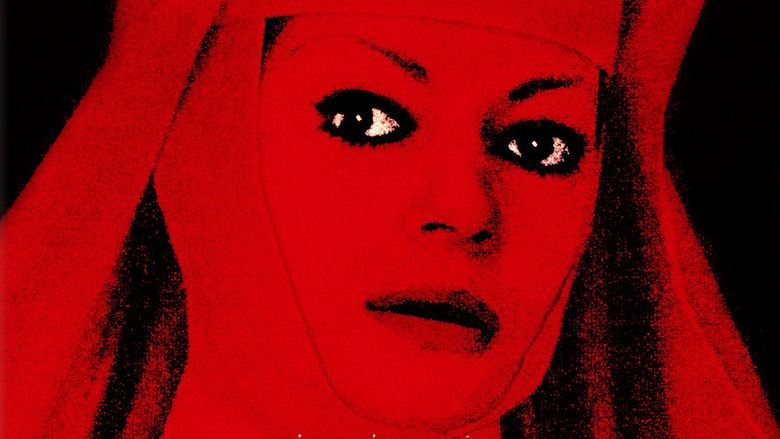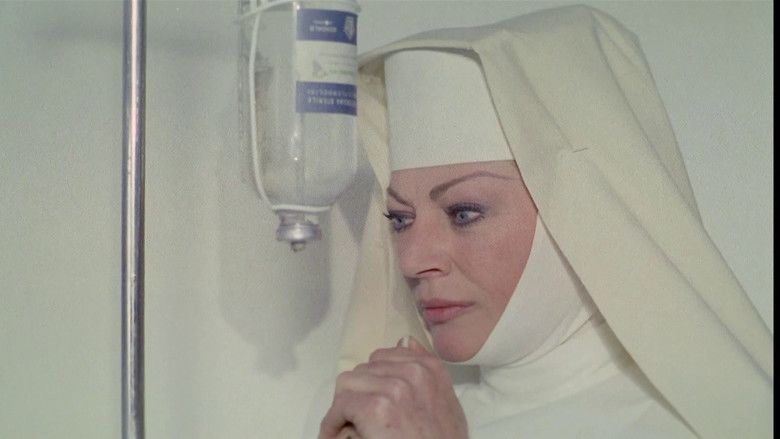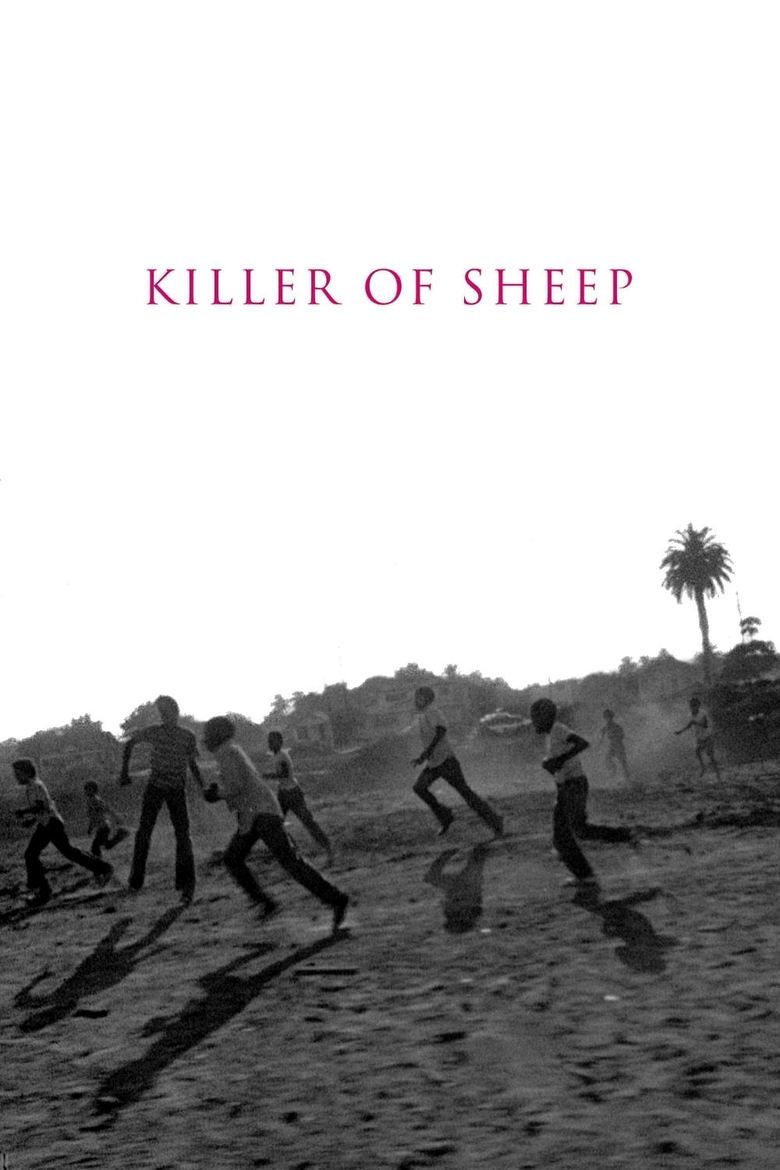Killer of Sheep
7.8 /10 1 Votes7.8
Duration Language English | 7.6/10 IMDb Country United States | |||||||||||||||||||||||||||||||||
 | ||||||||||||||||||||||||||||||||||
Killer of Sheep is a 1978 American drama film written, directed, produced, and shot by Charles Burnett. It features Henry G. Sanders, Kaycee Moore, and Charles Bracy, among others. The drama depicts the culture of urban African-Americans in Los Angeles' Watts district. The film's style is often likened to Italian neorealism.
Contents
- Scene from the movie killer of sheep 1977
- Plot
- Cast
- Production
- Critical reception
- Lists
- Distribution
- References

At the time of completion, the film could not be released because the filmmakers had not secured rights to the music used in the film. The rights were purchased in 2007 at a cost of US $150,000 and the film was restored and transferred from a 16mm to a 35mm print. Killer of Sheep received a limited release 30 years after it was completed, with a DVD release in late 2007.

Film critic Dana Stevens describes the film's plot as "a collection of brief vignettes which are so loosely connected that it feels at times like you're watching a non-narrative film." There are no acts, plot arcs or character development, as conventionally defined.

Scene from the movie killer of sheep 1977
Plot

Stan works long hours at a slaughterhouse in Watts, Los Angeles. The monotonous slaughter affects his home life with his unnamed wife and two children, Stan Jr. and Angela.

Through a series of confusing episodic events – some friends try to involve Stan in a criminal plot, a white woman propositions Stan to work in her store, Stan and his friend Bracy attempt to buy a car engine – a mosaic of an austere working-class life emerges in which Stan feels unable to affect the course of his life.
Cast

Production

Directed by Charles Burnett, Killer of Sheep was shot in Watts on a budget of less than US$10,000 (equals $38,087.76 in 2016 dollars) over roughly a year's worth of weekends in 1972 and 1973, with additional shooting in 1975. In 1977, Burnett submitted the film as his Master of Fine Arts thesis at the School of Film at the University of California, Los Angeles. Burnett stated that he also intended to make the film a history of African-American music and filled it with music from a variety of genres and different eras.
Critical reception

Though the film won the Critics' Award at the Berlin International Film Festival and was acclaimed at the Toronto International Film Festival, it never saw wide release due to complications in securing the music rights for the 22 songs on the soundtrack, which included such big names as Dinah Washington, Paul Robeson, Louis Armstrong, and Earth, Wind and Fire. It remained in obscurity for nearly thirty years, garnering much critical and academic praise and earning a reputation as a lost classic.

Killer of Sheep holds a 97% "fresh" rating on Rotten Tomatoes; the consensus states: "By turns funny, sad, and profound, Killer of Sheep offers a sympathetic and humane glimpse into inner-city life." The film has been likened by a number of critics and scholars to the work of Italian neorealist directors, particularly Vittorio De Sica and Roberto Rossellini, for his documentary aesthetic and use of mostly non-professional, on-location actors. Burnett has also been compared to Yasujirō Ozu for his strong sense of composition, Stanley Kubrick for his sharp ear for juxtaposing popular music with images, John Cassavetes for his knack for coaxing natural performances from amateur actors, and Robert Altman for his interest in the minutiae of human interaction. Burnett's self-professed influences are Jean Renoir, Basil Wright, and Federico Fellini, all of whom are high examples of the tender, humane and compassionate qualities for which Burnett has been praised, qualities which are intensely present in Killer of Sheep. Film critic Andrew O'Hehir, noting the strong influences of Renoir, Rossellini, and Satyajit Ray, said, "It's hard to overemphasize how strange and ambitious and completely out of context it was for a black urban filmmaker with no money and no reputation to make that kind of movie in 1977."

The film was chosen by the National Society of Film Critics as one of the 100 Essential Films. In 1990, Killer of Sheep was selected for preservation in the United States National Film Registry by the Library of Congress for being "culturally, historically, or aesthetically significant." In 2015 the BBC named the film as the 26th greatest American movie ever made.
Lists

The film appeared on several critics' top ten lists of the best films of 2007.
Distribution
Having previously only existed on worn 16mm prints, the film was restored and enlarged to 35mm by the UCLA Film and Television Archive and Milestone Films, thanks in part to a donation from filmmaker Steven Soderbergh. The soundtrack, which had not been licensed, was also paid for at a cost of over US$150 000.
On March 30, 2007, it opened in select theaters in the United States and Canada and was released on DVD on November 13, 2007 as part of a deluxe box set with a director's cut of Burnett's sophomore feature My Brother's Wedding and three Burnett shorts: Several Friends (a 1969 aesthetic precursor to Killer of Sheep), The Horse (an "allegory of the South" in Burnett's words), and When It Rains (praised as one of the greatest short films of all time by critic Jonathan Rosenbaum).
On Martin Luther King, Jr. Day, January 21, 2008, Turner Classic Movies presented the world broadcast premiere of the film as part of a night-long marathon of Burnett's work. Burnett was interviewed before and after the film by TCM's primetime host Robert Osborne.
References
Killer of Sheep WikipediaKiller Nun IMDbKiller Nun themoviedb.org Killer of Sheep IMDb Killer of Sheep themoviedb.org
